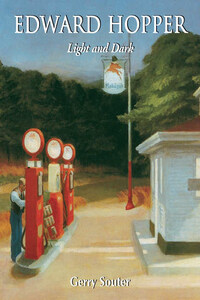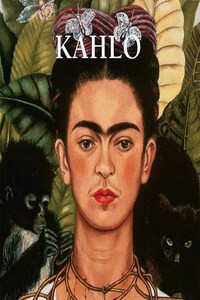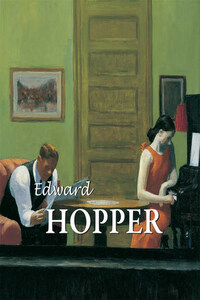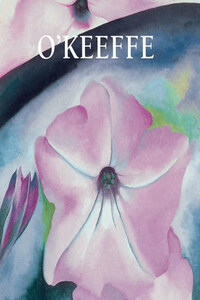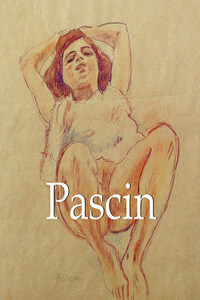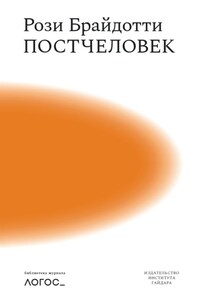1. Self-Portrait, 1903–1906. Oil on canvas, 65.8 × 55.8 cm. Whitney Museum of American Art, New York, Josephine N. Hopper Bequest.
Edward Hopper’s realist creations in oil, watercolour and etchings earned him a degree of celebrity throughout America’s interwar years from the 1920s to the 1940s. During the last twenty years of his life, the honours came, the medals, the retrospective exhibitions and the invitations to countless museum and gallery openings, many of which he turned down. He was a recluse, a captive of his overachieving upbringing, a prisoner of humiliating memories of early rejection, the tenant of his failing body and the sole occupant of a darkly silent philosophy that resonated with virtually anyone who confronted his work. Hopper’s creative efforts discovered elements of the American scene that appear to be silent remnants left behind, or events about to happen. His work is his autobiography.
Edward Hopper and his wife, Josephine – in later years almost nobody thought of him without her and so they are linked in art history – were married for forty-three years. He stood six foot five inches and she topped out at five foot one inch with coppery red hair. Virtually everything in their life together orbited around his art. Josephine Nivison Hopper also had modest talent as an artist. Through her contacts, she helped him exhibit his first watercolours. Nevertheless, in Hopper’s solar system there was room for only one artist – himself, the sun at its centre. Yet she insinuated herself into his self-absorbed world. Once they were married, with few exceptions, the only women appearing in Hopper’s small repertory company were painted from Jo’s nude or costumed form.
Besides modelling, in 1933 she began a relentlessly personal diary of their life together adding to a detailed record book of his work: its size, brand of paint used, canvas or paper, oil or watercolour, what gallery accepted it, and its selling price – less 33 % gallery commission. With her own art career in tatters beneath the weight of his creative shadow and callous indifference, she bonded with him as clerk, diarist, house lackey, social prod, financial juggler and creative scold.
Drip, drip, drip, her constant flow of chatty encouragement wore down the resolve of his blockages, his inability to work, his cavernous depressions. She also knew how to push his buttons and twist the guilt knife. He saw no reason to stop reminding her of her second-class status in the household and as an artist. They splashed each other’s psychological vitals with acidic scorn and calculated goading and then battered each other, drawing blood physically and emotionally. But their mutual dependence persisted.
Edward and Jo also had good times as they explored the eastern Seaboard beginning in the 1920s, stopping to sketch and splash on watercolour. They made friends of the people whose homes and boats and special places Edward drew and painted. They tramped together along the streets of New York where they had studied art and were part of the Greenwich Village artist scene.
From the 1920s to the 1960s they both embraced the realist American art movement as other painters and sculptors came and went. Hopper stood like a rock amid the chaos that welcomed, then rejected the Impressionists, dismissed, then lionised the Expressionists, Surrealists and other “ists” that bubbled to the surface. His work needed no manifesto, belonged to no school. A Hopper needed no signature and its value never dropped. Like bankable Alexander Calder and Pablo Picasso, once he hit his own creative personal stride his paintings and etchings always found buyers. Hopper’s two-dimensional world turned in on itself from unpopulated introspective compositions of hills, boats and houses to include a pensive collection of seeming allegories featuring a silent cast of drained characters, each captured with something yet undone, or done and now buried beneath regret, or just waiting to see what might come and change their lives.
